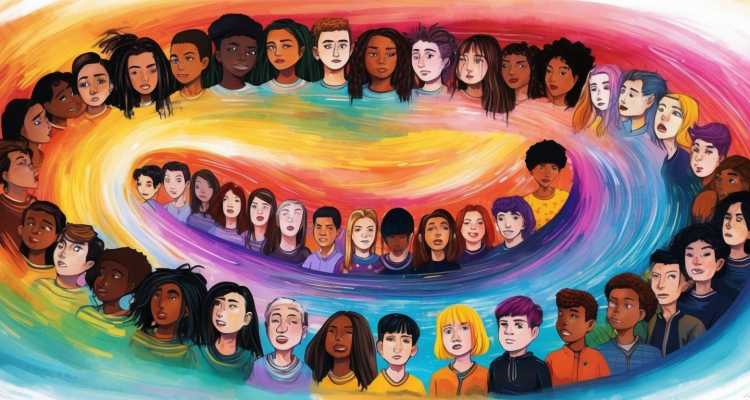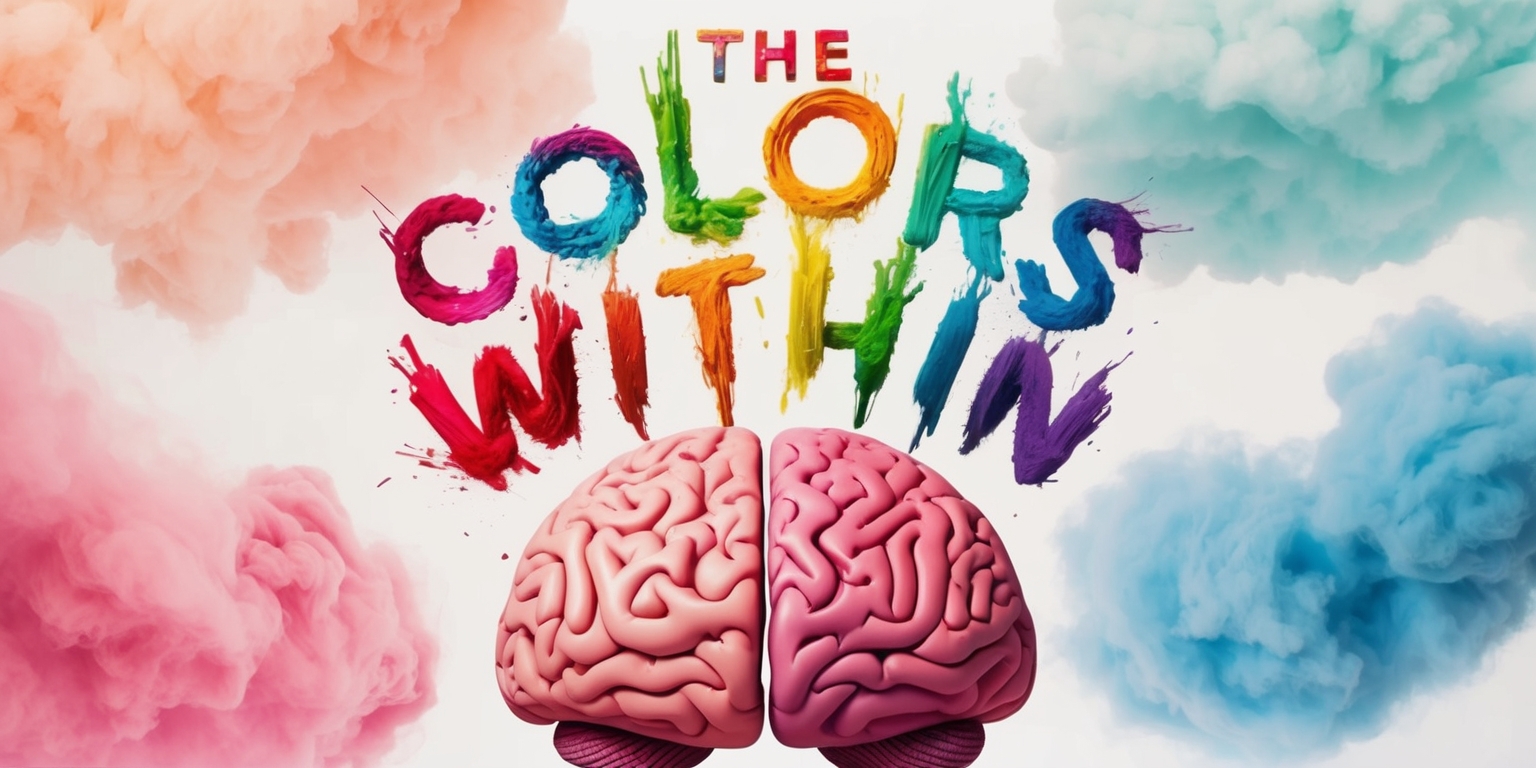
Editor's Advice
A Spectrum of Emotions: Exploring Youth and Connection in The Colors Within
When discussing slice-of-life anime, the storytelling often hinges on subtle moments and character development rather than high-stakes drama. This is exemplified in the recent film "The Colors Within," a creation from the esteemed Japanese animation studio Science Saru. Under the guidance of director Naoko Yamada, alongside screenwriter Reiko Yoshida, transports audiences into a realm filled with vivid hues and the mundane lives of high school girls. While it offers visual splendor and gentle storytelling, the film ultimately leaves something to be desired in depth and engagement. This exploration will uncover the strengths and weaknesses of this quaint yet unassuming narrative.
The Premise: A Look Beyond the Palette
Positioned within a quintessential Japanese setting all-girls school, "The Colors Within" introduces us to Totsuko, a quiet and introspective high school student with a remarkable ability: she can perceive people's emotions as colors surrounding them, akin to a form of synesthesia. This unique trait serves as the foundation for her interactions and experiences throughout the film, providing an intriguing premise that initially sparks interest. However, as the narrative unfolds, this concept becomes a mere aesthetic device, sidelined in favor of developing interpersonal dynamics.
Establishing Connections
As Totsuko navigates her school life, she becomes fascinated with Kimi, her outgoing and charismatic classmate. The blossoming affection she feels toward Kimi captures the essence of youthful infatuation, further complicated by Totsuko’s struggle to express herself fully. The introduction of Rui, an enthusiastic music lover, adds another layer, leading the three girls to form a budding friendship entwined with the threads of music.
The Musical Note
Music serves as a crucial element in "The Colors Within," amplifying the emotional landscape of the characters. As Totsuko accidentally claims to be a pianist, the trio’s journey into band formation becomes the narrative’s central focus. The music crafted by Kensuke Ushio garners attention for its heartfelt melodies and ability to resonate with the film's themes. Each performance by the fictional band serves to enhance their connection and the fleeting nature of adolescent dreams.
Aesthetic Appeal

The visual presentation in "The Colors Within" is undoubtedly an asset. The animation captures emotional subtleties through color and movement, with several scenes achieving a level of beauty that feels transcendent. This aesthetic charm briefly captivates, inviting audiences to linger in the cinematic experience. Yet despite its visual allure, the film struggles to sustain the viewer's interest over its runtime.
The Challenge of Engagement
While the dynamics among Totsuko, Kimi, and Rui are charming, the film's pacing and narrative development leave much to be desired. Without a compelling hook or sufficient conflict, the story occasionally falters, leading audiences to question the emotional stakes at hand. The lack of substantial growth or change amongst the characters diminishes the impact of their narrative arcs.
Exploring Queerness
A subtle nuance within the narrative is the theme of queerness, explored delicately through Totsuko's character. Although the film does not overtly address her orientation, it hints at the challenges she faces in fitting into societal norms. This layer adds a compelling depth to her character and commentary on modern societal expectations, striking a chord for audiences navigating similar experiences.
Emotional Resonance
The film's emotional moments are particularly affecting, especially when Totsuko engages with her feelings toward Kimi. Several poignant scenes elicit a soft ache, reminding viewers of the bittersweet nature of youth and unrequited love. Yet, these moments occasionally feel fleeting, lacking the layered storytelling needed to make them truly impactful.
Character Developments
Through Totsuko's lens, we witness a gradual evolution in the characters, though the development feels constrained. Her interactions with Kimi and Rui primarily center around their shared passions but lack the depth required for a more complete understanding of their motivations and struggles. This results in a somewhat superficial experience where the characters, though familiar, remain somewhat estranged from the viewer's emotional core.
Visual and Auditory Harmony
As the visuals and soundtrack harmonize, the film becomes a sensory delight. The beautiful animation interspersed with a rich score creates a pleasant atmosphere that makes it enjoyable to experience. However, the beauty found in this sensory experience only partially alleviates the narrative disappointments felt throughout the viewing.
A Quiet Reflection on Life
The themes of adolescence encapsulate a significant part of "The Colors Within," as the girls grapple with identity and belonging. Their journey serves as a mirror reflecting the complexities of growing up and the universal struggle to find one’s place in the world. Still, the lack of a unifying conflict or resolution ultimately dilutes the strength of this message.
The Final Sentiments
Despite its many merits, "The Colors Within" might inadvertently appeal to a niche audience. The slow pacing and mild stakes can feel underwhelming for viewers seeking more dramatic engagement. Those who appreciate more tranquil storytelling may find comfort in its simplicity, yet others might feel it lacks the complexity typically desired in a compelling narrative.
Conclusion: An Experience to Consider
In summary, "The Colors Within" stands as a charming yet flawed exploration of youth, identity, and friendship. While it offers an enticing premise filled with vibrant visuals and a commendable soundtrack, it ultimately struggles to engrain itself in the minds of its viewers. The film is akin to a gentle breeze—pleasant and soft without leaving a memorable impact. It is ideally suited for moments when one seeks a quiet and heartwarming experience, although it might not linger long in memory.
Anticipating the Film’s Release
The world of "The Colors Within" is set to reach wider audiences soon, making its way to theaters starting from December. As viewers brace themselves for the release, anticipation comes not just from the unique animation but also the simple yet inviting narrative that promises a respite from the usual high-octane storytelling so prevalent in contemporary media.





